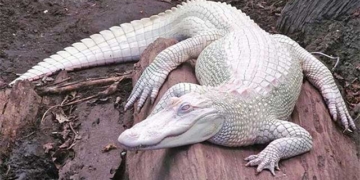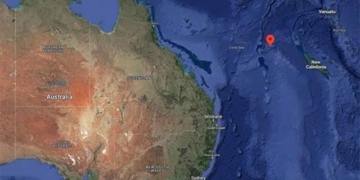According to researchers from Flinders University and the University of Adelaide in Australia, a temporary artery that runs down the middle of the arm during fetal development has not disappeared as previously thought, but has instead continued to develop.
The median artery forms quite early in the developmental process of all fetuses. It transports blood down the center of the arm to nourish the growing hand of the baby.

The temporary artery running down the center of the arm appears while humans are still in the womb – (Photo: UNSPLASH).
When the baby is about eight weeks old, the median artery usually regresses, making way for two other vessels: the radial artery (which we can feel when taking a person’s pulse) and the ulnar artery.
Anatomists have long known that the regression of the median artery can sometimes last for an additional month.
According to the scientific site Science Alert, to compare the degree of abnormal development of this median artery, anatomist Teghan Lucas from Flinders University and colleagues Maciej Henneberg and Jaliya Kumaratilake from the University of Adelaide examined 80 limbs from cadavers, all donated by individuals of European descent in Australia.
The donors ranged in age from 51 to 101 at the time of their death, which means they were almost all born in the first half of the 20th century.
Recording the frequency of finding a robust median artery capable of providing a good blood supply, the research team discovered that the median artery appears to be three times more common in adults today compared to over a century ago.
Professor Lucas stated: “This increase may be the result of a gene mutation related to the development of the median artery, maternal health issues during pregnancy, or indeed both.”
The persistent existence of a median artery in the arm could provide dexterity or strength to the fingers. However, it also increases our risk of developing carpal tunnel syndrome—a painful condition that makes it less likely for us to use our hands.
“If this trend continues, the majority of people will have a median artery in their arms by the year 2100,” Professor Lucas said.
It is also noted that the reappearance of the knee bone known as the fabella in adults today is also three times more common than a century ago.
Although these differences are relatively small, the accumulation of minor micro-evolutionary changes can lead to significant variations that define a species.
This study has been published in the journal The Journal of Anatomy.


















































